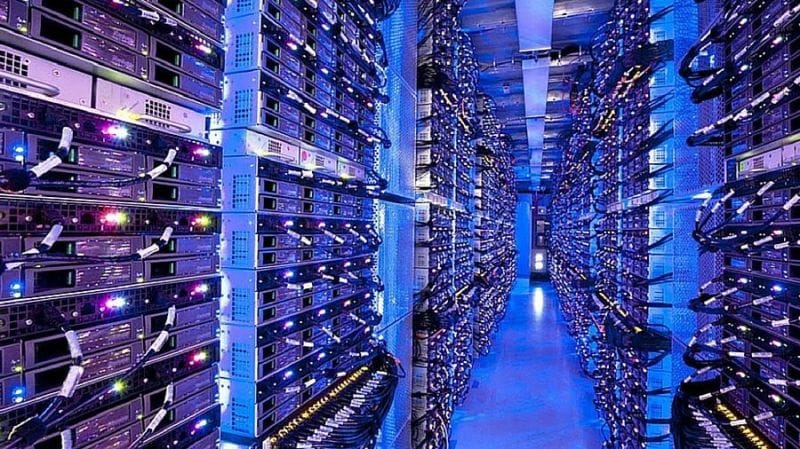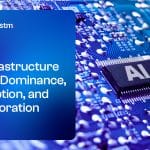As artificial intelligence (AI) continues to evolve at an unprecedented pace, hyperscale cloud providers—commonly referred to as hyperscalers—face mounting infrastructure challenges. To sustain AI’s rapid growth and meet escalating computational demands, these tech giants must address critical issues related to power supply, cooling systems, and supply chain logistics.
The Power Predicament
AI workloads are notoriously energy-intensive. Training large language models and running complex algorithms require vast amounts of electricity. Hyperscalers must invest in expanding grid capacity and securing long-term energy availability to prevent bottlenecks that could hinder AI development.Forbes
Cooling Complexities
With increased power consumption comes the challenge of effective cooling. Traditional cooling methods are becoming insufficient for modern data centers housing AI hardware. Innovative solutions, such as liquid cooling and advanced airflow designs, are essential to maintain optimal operating temperatures and ensure hardware longevity.Reuters
Supply Chain Strains
The global supply chain plays a pivotal role in the deployment of AI infrastructure. Hyperscalers rely on a steady supply of specialized hardware components, many of which are sourced internationally. Disruptions in the supply chain can lead to delays and increased costs, emphasizing the need for diversified sourcing strategies and robust logistics planning.
Strategic Investments for Sustainable Scaling
To overcome these challenges, hyperscalers are making strategic investments:
Renewable Energy Initiatives: Investing in solar, wind, and other renewable energy sources to power data centers sustainably.
Innovative Cooling Technologies: Developing and implementing cutting-edge cooling solutions to manage heat efficiently.
Supply Chain Diversification: Establishing partnerships with multiple suppliers across different regions to mitigate risks.
The path to scalable AI is fraught with infrastructure challenges that hyperscalers must proactively address. By focusing on energy efficiency, advanced cooling systems, and resilient supply chains, these tech leaders can pave the way for sustainable AI growth and innovation.



